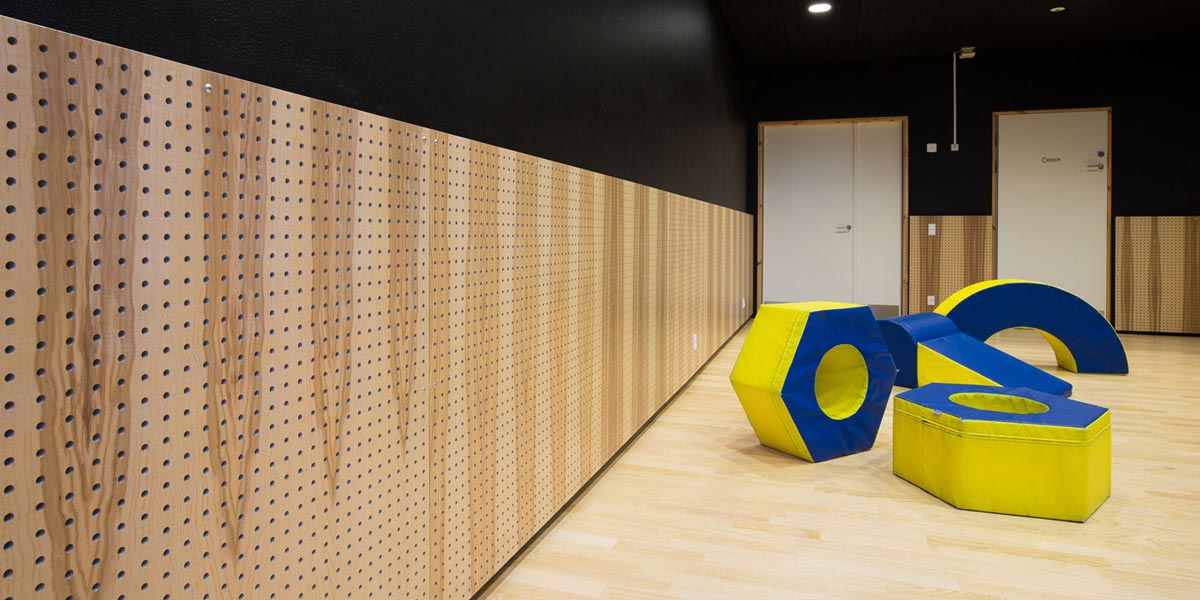5 Ways To Increase Profit Margins In Construction
5 Ways To Increase Profit Margins In Construction
Construction Industry
Whether you are the main contractor, subcontractor or self-builder working within residential, commercial, home building or any other construction trade, a systematic approach to developing business practices will ultimately result in an increase in profit margins.

1. Estimating
The first of the 5 ways to increase profit margins in construction is estimating. It is important to remember that the mathematical difference between the budget and the bid is both overhead and profit. The goal of an accurate estimate is to determine your true costs–and offer you the ability to accurately assess the progress and profitability of each job against a predetermined benchmark.
Creating a detailed, accurate estimate for the work you propose to do is the first step toward achieving real profitability—yet too many contractors fail to calculate the true cost of a proposed project based upon three essential elements: overhead, risk and job costs. Each of these elements must be reflected in the estimate ahead of time if you expect an increase in profit margins once the job is completed:
- Overhead
- Risk
- Job Costs
2. Managing Job Production
Once we are awarded a job, it’s crucial that we carry out the work in the most cost-effective way possible in order to increase profit margins. While that may be easy in theory, it can be another matter altogether in practice. To effectively manage a job, keep these important factors in mind:
People Productivity – Simply put, ‘keep everyone informed’. Both employees and subcontractors need to know the job schedule. As a subcontractor we appreciate early notice of schedule changes and therefore will be more willing to help out.
Changed Orders – In order to track and manage a change in orders, we suggest you create procedures in order to record these changes in the field, turn those changes into work orders, and obtain sign-off on approved work for billing purposes. According to Ben Franklin, too many contractors lose money by not tracking costs and therefore not taking the time to bill for the ‘changed work’ they perform.
3. Define Goals & Set Expectations
Goals have always been part of the construction industry; schedules, units in place, charts and budget reports are all job targets that are used often. These have been goals used for decades in the construction industry. However, it is making the goals effective that is the challenge, this takes coordination from the office to site and this is where issues can arise.
We believe in order to achieve goals, you have to set and clearly define the expectations, as well as making goals attainable. We recommend some practical ways to define your goals that include the use of a mission statement and complete business plans.
Crafting a mission statement will help you systematically identify your values, your focus and what you hope to achieve. Set Expectations Upfront – Ambiguity is the enemy of accountability. When your team doesn’t know what is expected of them, they have no choice but to “make up” the rules. Communicate things like the employee’s work plan, schedule and budget clearly and precisely (not “soon” but “by Tuesday”).
We believe Accountability and Communication are two of the most key aspects of our business. These processes go hand in hand, and due to the fact we not only offer a supply and install service UK Acoustic Systems, but we also manufacture our own products. All our staff from office employees, warehouse operatives, workshop joiners to our specialised fitters and installers on-site work within a clear set of company expectations.
4. Accounting For Profit
True job cost accounting can increase your profitability by helping you understand the actual costs associated with each job. Remember that an accurate construction accounting system must distinguish between overhead costs and direct job costs. You must also be able to systematically compare your budgeted costs to your actual job costs to measure estimating effectiveness, labour productivity and use of materials.
An effective accounting system will enable you to meet daily bookkeeping needs as well as address issues of special concern to contractors; better management means better cash-flow—taking you a step closer to seeing an increase in profit margins.
5. Value Engineering Options
Value Engineering (VE) is a management technique that seeks the best functional balance between cost, reliability and performance of a product, project, process or service. Value engineering involves:
- Identifying the main elements of a product, service or project.
- Analysing the functions of those elements.
- Assessing alternative solutions.
- Allocating costs to alternative solutions.
- Developing in more detail the alternatives with the highest likelihood of success.
An accurate estimate for the work you propose to do is the first step toward achieving real profitability—yet too many contractors fail to calculate the true cost of a proposed project based upon three essential elements: overhead, risk and job costs.
Each of these elements must be reflected in the estimate ahead of time if you expect an increase profit margin once the job is completed. The project manager must take a pro-active role in both giving direction and leadership in the value engineering process, but must also ensure that time and effort is not wasted and does not have a detrimental effect on the progress of the project.